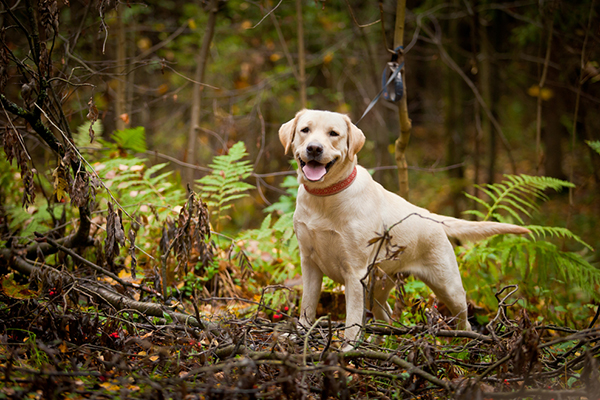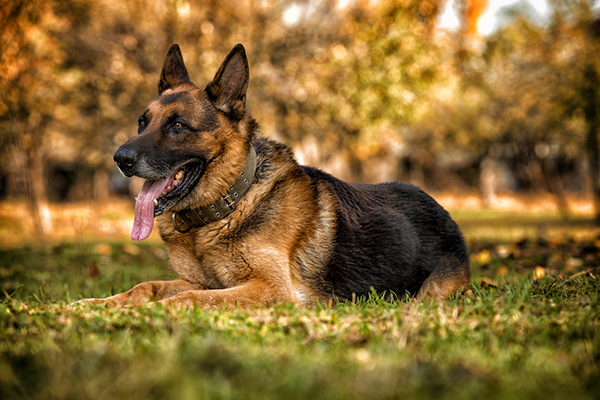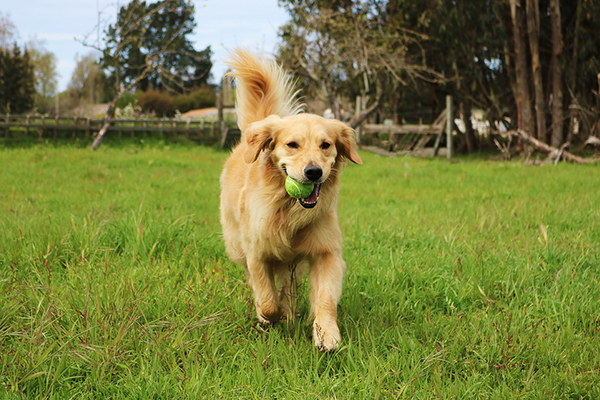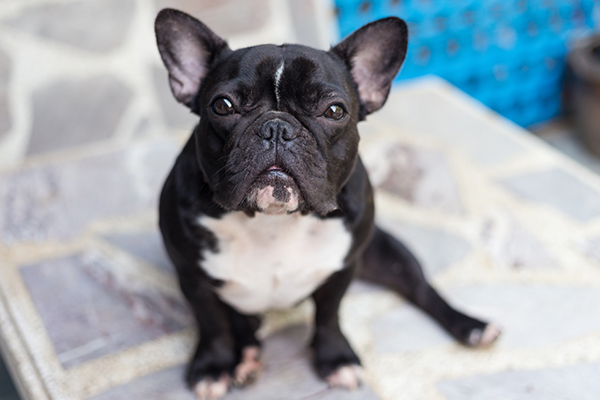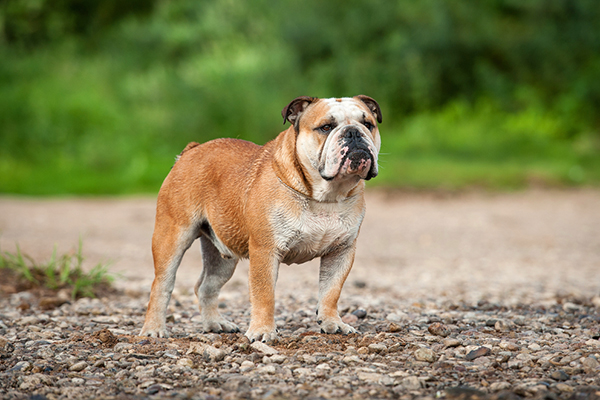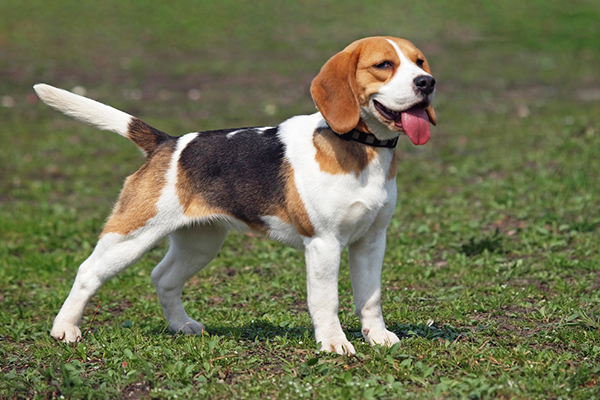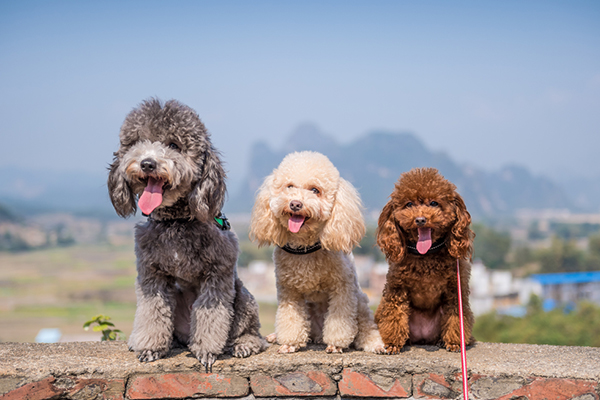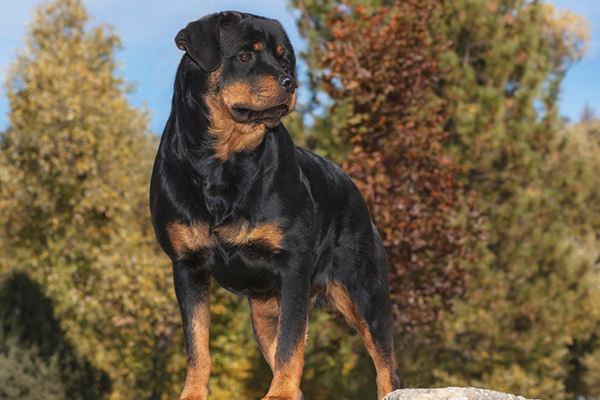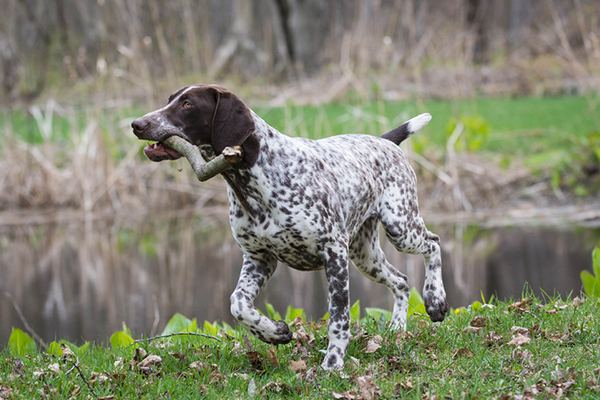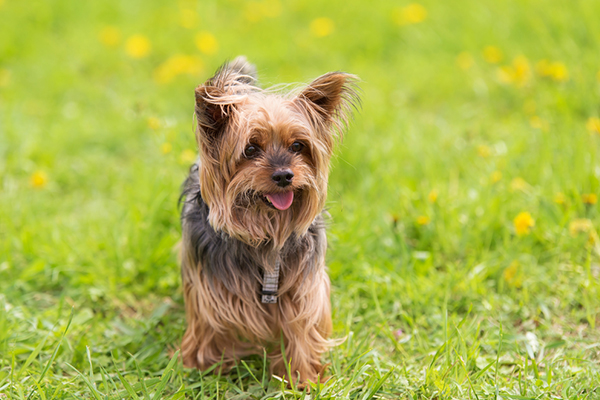Keeping an apartment clean is important, but it’s your responsibility to know whether the cleaning products in your house are affecting your pets. Numerous household cleaning products can affect a pet’s health in multiple different ways, without us even noticing it. We all consider our own home safe, but is our home safe for our pets? It’s best if you get rid of chemical cleaning products and opt for more pet-friendly products.
Liquid Air Fresheners
Liquid Air Fresheners contain a volatile organic compound, cationic detergent, which is found in sanitizers, and disinfectants. This detergent can cause your pet to inhale a large amount of detergent, which results in the pet’s airways to be coated with soap, that will likely suffocate your pet. If not suffocation, it may irritate the eyes, nose, and throat. Cats may lick the detergent off the floor and burn its tongue, hindering the digestive system. If your pet shows symptoms like vomiting, eye irritation, and difficulty walking, take them to a local vet to get a professional opinion.
Ammonia
Window cleaners, floor polishing waxes, furniture polish, bathroom cleaners, oven cleaners, and stainless-steel cleaners are all harmful to your pets. The reason is all these household cleaning products have one thing in common, which is Ammonia. Ammonia is a colorless gas, which is liquified for cleaning products, with a pungent smell. In high concentrations, it’s detrimental to even humans, where prolonged exposure can cause suffocation.
For pets, the small amount of Ammonia found in cleaning products is sufficient in affecting the pet negatively. Ammonia may cause eye irritation, damage to the skin, and death in extreme conditions. Pets are exposed to Ammonia through inhalation of fumes and ingestion of the residue left from the cleaning products. Ammonia may be a highly effective agent for cleaning, but it sure isn’t worth your pet’s life.
Fertilizers
If you own a garden or a houseplant, you likely have a fertilizer to help with plant growth. Phosphorus, Nitrogen, and Potassium are all common in every compost, while these elements may be beneficial for your house plants, that might not be the case for your pets. In large concentrations, copper, zinc, and magnesium can be found toxic for your pets, causing seizures or illnesses.
Chlorine
Bleach and other chlorine-containing products are some of the most common reasons pets are harmed. Even though chlorine is effective in killing bacteria, chlorine also damages a pet’s health. As it is denser than air, chlorine can be found on the floor, meaning ingestion or inhalation of chlorine is very much possible. Ingestion of chlorine may cause vomiting, nausea, irritation of the throat, and death. Chlorine is also be found in laundry detergents as well as window cleaners.
Formaldehyde
Formaldehyde is a carcinogen, which causes cancer in tissues, and is found in shampoos, laundry detergents, and furniture polish. They cause skin, eyes, and nose irritation to pets and decrease the respiratory and nerve response rate. This causes the pet to walk with difficulty and suffocate as well. Carpets and furniture are often treated with this carcinogen and may expose your pet to it.
House Cleaning products are important but aren’t worth the harm that they give to your pets. So, instead, look for household cleaning products that are pet friendly. They may be more expensive, but your pet will appreciate the extra effort!


